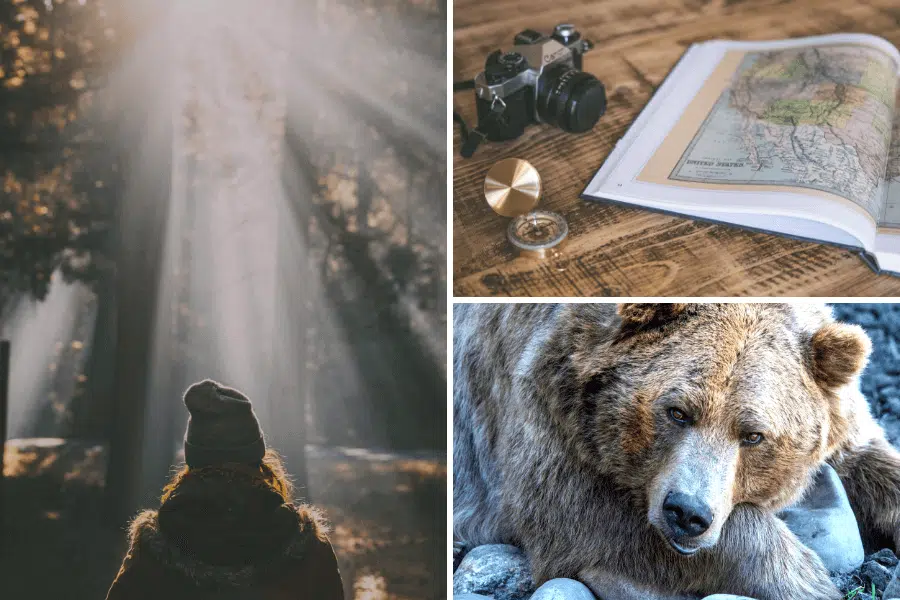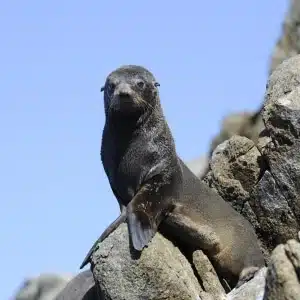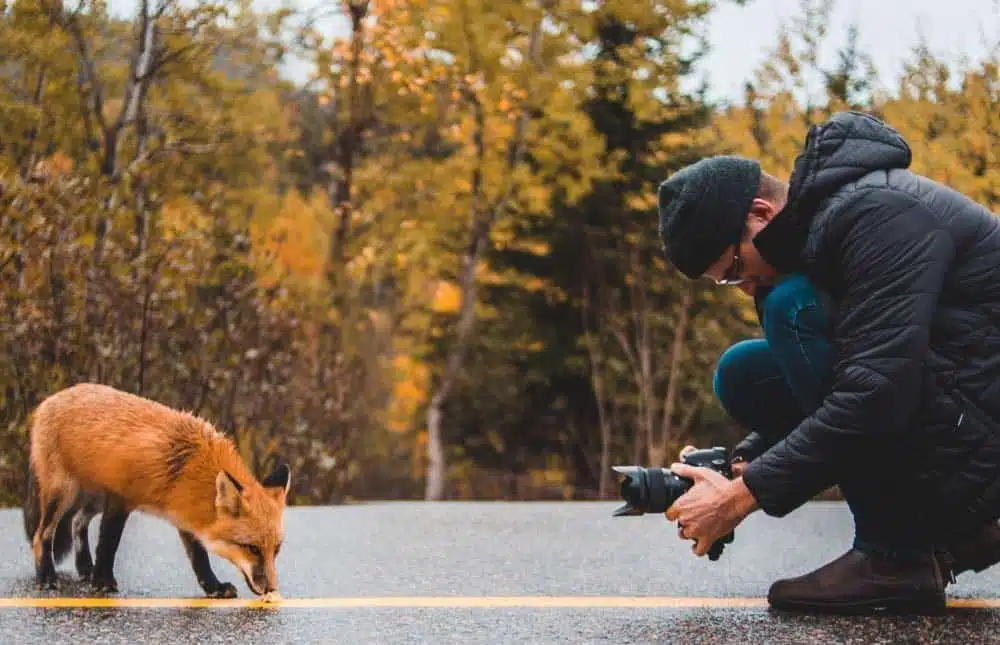Our advice to immortalize your most beautiful encounters
“It’s all in the timing. Early is too early, late is too late!”. The words of French chansonnier (comic songwriter) Jules Jouy are particularly apt when it comes to wildlife photography. With animals, everything happens in a flash so your timing needs to be spot on! Whether you’re new to wildlife photography or a seasoned pro, it’s all about being ready. Which means…
Being…
Inquisitive and observant
Before setting off, find out all about the wildlife at your destination. Once you are there, an expert can teach you all about the animals, their environment, what they eat, where they live, etc. This information could help you avoid long hours of fruitless waiting by teaching you to identify a track, a feather, a burrow or particularly popular hunting area. Knowledge is not always the most obvious piece of equipment in your camera bag but it could be the most important.

Patient and persistent
Wait, observe, move, leave, return… You can’t train wild animals but they might get used to your presence if you spend time in their territory. Of course, luck will still have to be on your side but, with perseverance and tenacity, you will stack the odds in your favour. Swiss naturalist Robert Hainard, who spent tens of thousands of hours looking out for wild animals, said: “you’ve got to be patient until all chance of luck is exhausted”.
Having…
Imagination
Try to plan your photograph before taking it. Think about light, making use of what wildlife photographers call “the golden hour”, just before sunrise or sunset. Also think about composition, by considering whether you want to achieve a wide-angled shot capturing the animal in the context of its surroundings, or a more close-up portrait of it in a characteristic pose.
Mastering your equipment
Because you don’t want to miss your once-in-a-lifetime opportunity to photograph a grizzly bear in Alaska or a humpback whale off the coast of the Antarctic peninsula, always have all your equipment with you: lenses, fully charged batteries, empty memory cards, cleaning cloth, waterproof bag (to protect against dust, humidity, etc.). And make sure you know how to use your equipment: neither the grizzly bear or the whale will wait for you to read the instructions!

A few technical tips
– Crouch down to the height of your subject or even lower, in order to give it greater presence.
– Aim for a uniform background that does not distract the eye, and blur it by choosing a wide aperture.
– If you’re using the zoom (or telephoto lens for the well-equipped), increase your shutter speed to avoid camera shake. For example: for a 200 mm lens, opt for a speed of at least 1/200th of a second.
– Use the eyes as your focal point.
So, that’s it. Now just click !

Encounter incredible wildlife!



